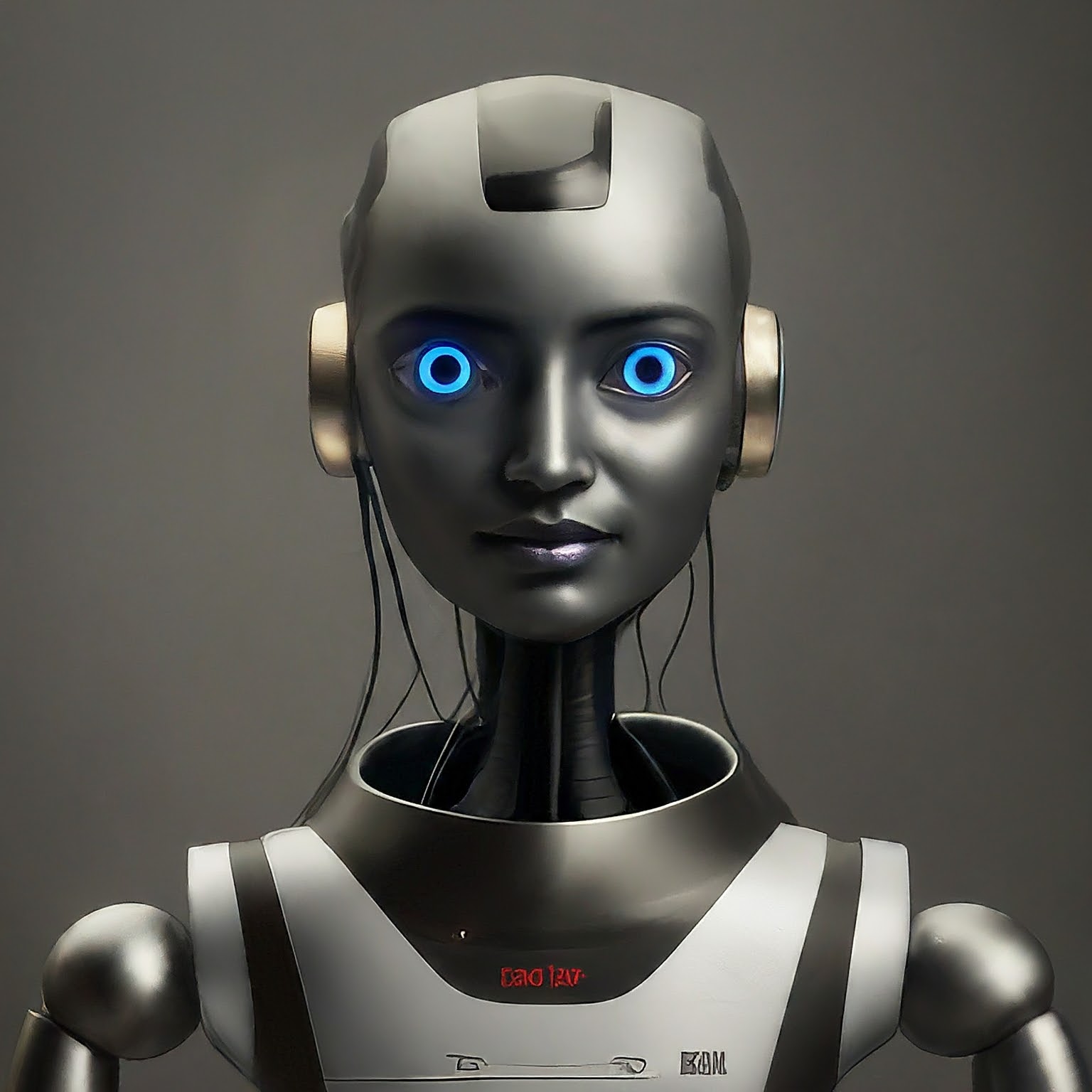Artificial Intelligence (AI) has emerged as a revolutionary force in various industries, and its application in primary healthcare is reshaping the way medical services are delivered. By leveraging advanced technologies, AI is enhancing efficiency, accuracy, and accessibility in the primary healthcare sector, ultimately improving patient outcomes.
- Early Disease Detection:
One of the most significant contributions of AI in primary healthcare is its ability to aid in early disease detection. Machine learning algorithms can analyze vast datasets, including patient records, diagnostic images, and genetic information, to identify patterns and predict potential health risks. This enables healthcare professionals to intervene proactively, preventing the progression of diseases and improving overall patient health.
- Personalized Treatment Plans:
AI plays a crucial role in tailoring treatment plans to individual patients. By analyzing patient data and considering genetic factors, lifestyle, and medical history, AI algorithms can recommend personalized treatment options. This not only increases the effectiveness of treatments but also minimizes adverse effects, leading to better patient outcomes.
- Virtual Health Assistants:
The integration of AI-powered virtual health assistants is transforming patient engagement and communication. Chatbots and virtual assistants equipped with natural language processing capabilities can provide patients with real-time information, answer queries, and offer guidance on managing their health. This enhances accessibility to healthcare services and empowers patients to take a more active role in their well-being.
- Predictive Analytics for Resource Allocation:
AI applications in primary healthcare include predictive analytics for optimizing resource allocation. By analyzing historical data and trends, AI can help healthcare providers anticipate patient volumes, allocate resources efficiently, and streamline operations. This ensures that healthcare facilities are adequately equipped to handle patient demand, reducing waiting times and improving overall service quality.
- Remote Patient Monitoring:
AI-driven remote patient monitoring is revolutionizing the management of chronic conditions. Wearable devices and sensors collect real-time health data, which is then analyzed by AI algorithms. Healthcare providers can remotely monitor patients, detect abnormalities, and intervene promptly when necessary. This not only improves patient outcomes but also reduces the burden on healthcare facilities.
- Diagnostic Imaging and Pathology:
AI is enhancing the accuracy and efficiency of diagnostic processes, particularly in radiology and pathology. Image recognition algorithms can analyze medical images, such as X-rays, MRIs, and pathology slides, with a high degree of precision. This assists healthcare professionals in making faster and more accurate diagnoses, leading to timely interventions and improved patient care.
Conclusion:
The application of AI in primary healthcare is transforming the industry by addressing challenges, improving efficiency, and enhancing patient outcomes. From early disease detection to personalized treatment plans and virtual health assistants, AI is becoming an indispensable tool for healthcare professionals. As technology continues to advance, the integration of AI in primary healthcare will likely play a pivotal role in creating a more accessible, efficient, and patient-centric healthcare system. Embracing these innovations can lead to a healthier future for individuals and communities around the world.
